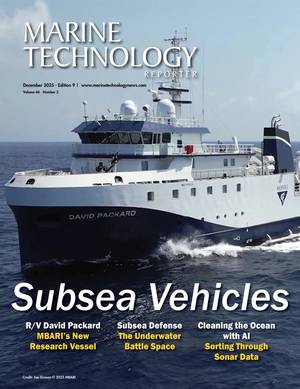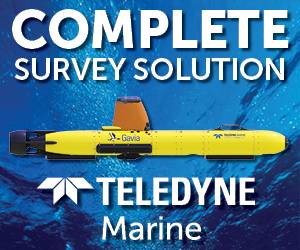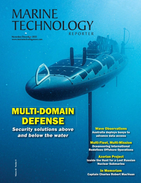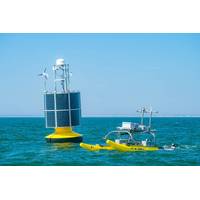
OPT to Deploy Multiple PowerBuoys for US Coast Guard
demonstration aimed at providing persistent maritime domain awareness off the coast of San Diego, California. Near-term delivery will include four maritime surveillance-equipped PowerBuoy platforms.The buoys will be integrated into the Department of Homeland Security’s chosen command, control, communications, computers, combat systems and intelligence environment and deployed alongside surveillance towers operated by defense technology company Anduril, forming an integrated sensing architecture.Data collected by the buoy-based sensors and Anduril’s tower-based sensors will feed into Anduril&rsquo
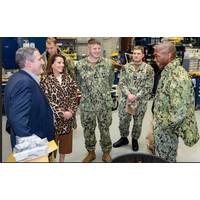
Submarine Group Two Commander Visits NUWC Newport
Executive Steering Group — a group focused on the development and delivery of undersea robotic autonomous systems (URAS) capabilities to the fleet. He toured the command to gain a deeper understanding of NUWC’s role in system development, fielding and associated C4I (command, control, communications, computers and intelligence) capabilities.Smith’s time spent with Division Newport employees at the command’s holiday party set the tone for the visit. Standing among tables of desserts and surrounded by civilian engineers, scientists, technicians, U.S. Sailors and support staff,
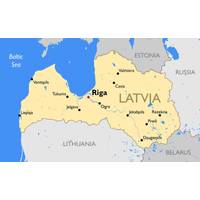
Latvia Police Board Vessel After Baltic Sea Cable Breach
, neither the vessel nor its crew is detained, they are cooperating with the police, and active work continues to clarify the circumstances," Latvian police said on X.Latvia's Prime Minister Evika Silina said the damage had occurred near Liepaja."The incident has not affected Latvian communications users," she wrote on X.The latest incident is made public five days after Finnish police seized a cargo vessel en route from Russia to Israel on suspicion of sabotaging an undersea telecoms cable running from Helsinki across the Gulf of Finland to Estonia.(Reuters - Reporting by Andrius
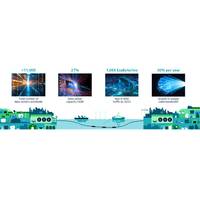
The Impact of AI Traffic on Subsea Fiber Networks
, which was then handed off to another telegraph operator to re-transmit over terrestrial copper cables to New York City or London. Fast-forward 150 years to the mid-2010’s, and trans-oceanic cables evolved from copper to fiber. The dominant operators of subsea networks were international communications service providers (CSPs) and bandwidth wholesalers, who led the deployment of new cables, or participated in cable consortium for cost-sharing of these expensive infrastructure projects. While data rates had increased tremendously since 1866, from approximately 8 words per minute to 12Tb/s
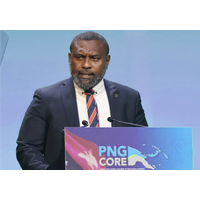
Google to Build Subsea Cables for PNG
Papua New Guinea’s Acting Minister for Information and Communications Technology, Hon. Peter Tsiamalili Jr., has officially announced the $120 million Pukpuk Connectivity Initiative that will deliver three new submarine cable systems to Papua New Guinea, strengthening the nation’s digital backbone with high-capacity connectivity to Northern Papua New Guinea, Southern Papua New Guinea and the Autonomous Region of Bougainville.The project is being entirely funded through Australia’s commitments under the Pukpuk Treaty, a mutual defence treaty which recognises that an armed attack on
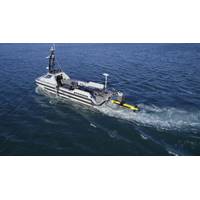
Kraken Robotics, TKMS ATLAS UK Demonstrate KATFISH USV Launch and Recovery System
was demonstrated off the coast of Portland, UK, November 18-19, for NATO navies. Attendees witnessed the ARCIMS USV autonomously navigate and plan missions with the KATFISH towed system collecting high resolution SAS and bathymetric surveys in very shallow water. Data was live streamed via satellite communications to the command center on shore, enabling real-time classification of contacts by operators.Kraken’s KATFISH being deployed by the USV-LARS system. © Kraken RoboticsKraken’s KATFISH collects high resolution synthetic aperture sonar data at up to a 200-meter range per side at a
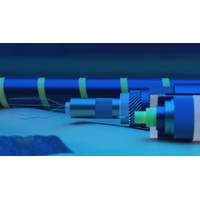
Subsea Cable Sabotage: Underwater, Underprotected, and Under Attack!
Around the 6th September 2025, 15 undersea cables in Bab el-Mandeb Strait in the Red Sea were severed, resulting in increased latency and widespread disruptions in internet provision across the Middle East and South Asia. As this incident illustrated, modern communications are profoundly dependent on vulnerable sub-sea infrastructure. This comes against a backdrop of increased hostile action against subsea cables, with the UK and Japan both recently announcing measures to secure vital cable infrastructure. While the most recent damage appears to have been accidental, it further illustrates the
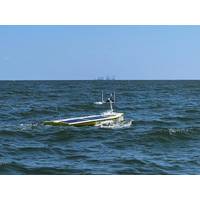
USV Provides Near Real-Time Deep Ocean Current Observations
was tasked with navigating variable ocean currents and weather conditions in the Gulf to reach the sensor locations and harvest the data. It was then able to send the science-ready data to shore through its dual iridium and Starlink satellite links, which also enabled high-data rate and real-time communications back to shore. In total, three deployments covering more than 30 days, the SP-48, which can sustain 2 to 3kt operations and sprints up to 5kt, covered around 1,500nm. During this time, more than 135 GB of high-resolution ocean currents and related parameter data at up to 800m above the
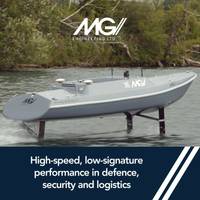
All-Electric Foiling USV Undergoing Sea Trials
, cruising at 25 knots. Its foiling hull and advanced composites enable fast, agile, hard-to-detect performance with stable operation in variable sea states.SeaGlide is intended for intelligence, surveillance, target acquisition, and reconnaissance as well as payload deployment, tactical logistics and communications relay in littoral and offshore environments, as well as zero-emission last-mile maritime delivery on inter-island and coastal routes.Now in sea trials in UK waters, SeaGlide will be offered in 4-, 5-, and 6-meter variants
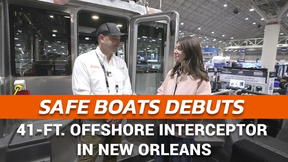
 December 2025
December 2025
